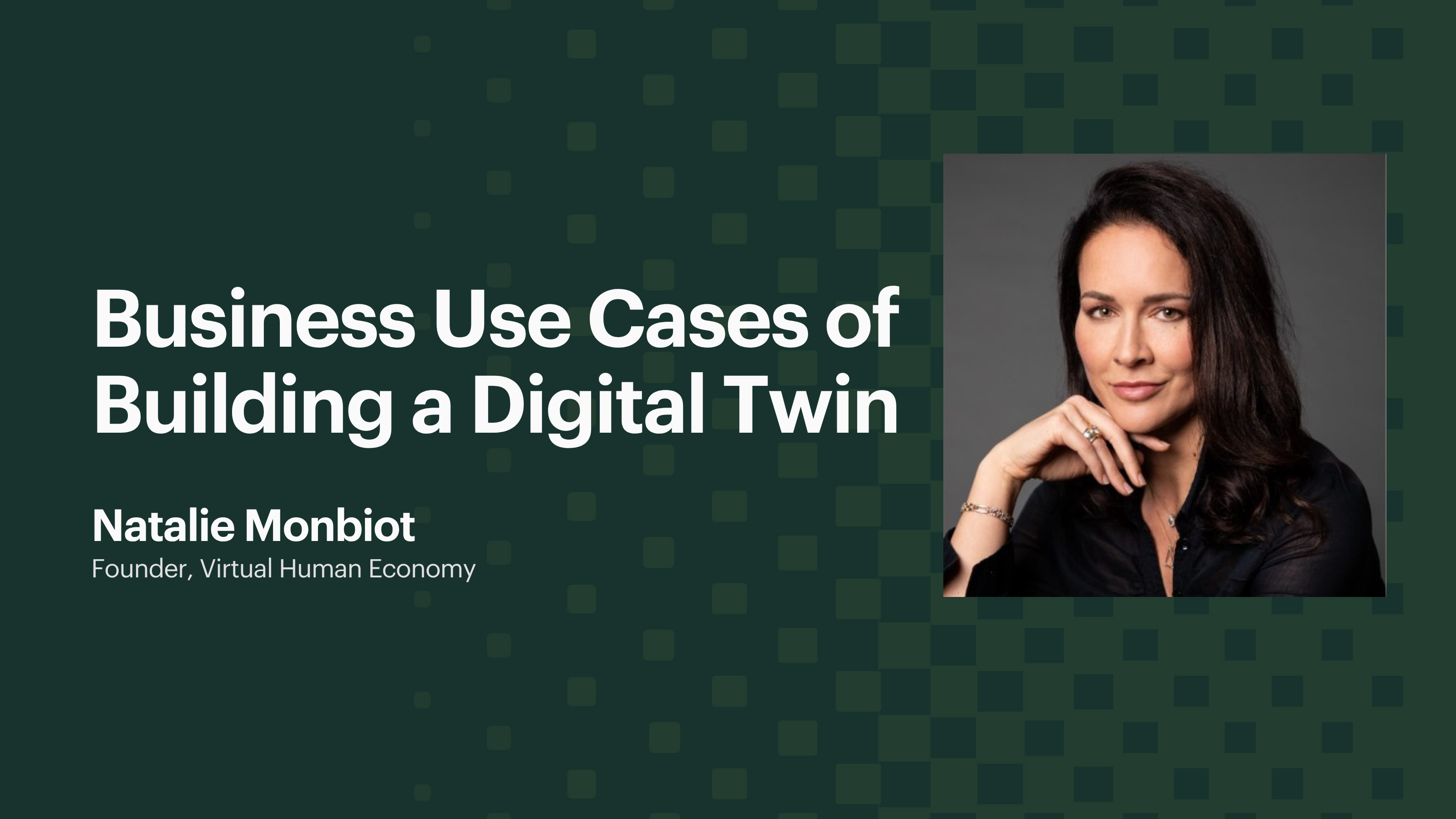Getting direct feedback from customers is critical when building relevant, successful products. Regular customer feedback loops are one of the most apparent indicators of a great team in a startup as it shows that they are solving a problem based in reality — and not just in their heads.
Often in these customer conversations, you’ll hear solutions or suggestions on what they think you should build. However, adding these suggestions directly into your backlog is not a good idea.
Henry Ford famously said: “If I’d asked what people wanted, they would have said a faster horse.” He’s not wrong. But that’s also not the right question to be asking customers.
Customer interviews for data collection
Typically, you’ll hear these suggestions in qualitative, not quantitative, interviews. It’s so tempting after a customer unpacks the nuances of the last time they encountered a particular problem to ask: “what would have solved it for you?” Often, customers will start to think on the spot about how they wish it would be solved if they had a magic wand.
In these instances, you should take their suggestions lightly. Customer interviews’ real value is understanding the context under which your solution will operate. You’re looking to gather facts on what actually happens and not what people guess might work.
Things you can only learn from your customer
Your customers are experts in many things that you are not. Specifically in things like what their motivations are, what alternatives they use and why, the context in which they encounter the problem you’re solving, how they evaluate competitors, and more.
“[So-called] Smartphones are smarter [than normal phones], but actually really hard to use. They’re really complicated. Just for the basic stuff, people have a hard time figuring out how to use them.”
— Steve Jobs in 2007 at the launch of the iPhone.
Steve Jobs is undoubtedly the most iconic product visionary in digital products. However, Apple’s development process was also famously shrouded in secrecy and NDAs — so how did they get it so right? Interestingly, Steve’s approach was incredibly user-centric. The difference is he didn’t focus on what the product should be; he focused on what the user experience should be. That starts with intimately understanding the current user’s experience, motivations and context to give you an understanding of the space and situation for you can innovate in.
In Design Thinking, this is covered in the Empathise and Define stages.
How to decide what goes in your backlog
Once you have a solid understanding of the current and future user experience, it is time to start to define what the product could be to deliver that experience. In my experience, the best way to approach that is to initially create many ‘options’, ‘experiments’, or ‘bets’. These could be specific features or complete products that might contribute to the desired experience.
Note that some of these ideas in your pile might have come from customers. Some from your wider team. Some from deep expertise in the field. Some from competitors, brainstorming sessions, or adjacent markets — I could go on. Teresa Torres’ Opportunity Solution Tree is a great way to identify and map these options.
It’s most important to start with a broad enough pool of options so that you can begin to evaluate what might contribute best to that experience. Only then should you decide what ends up going into your backlog.
There are many ways to evaluate the items in your backlog, such as ICE/RICE, T-shirt sizing, and many, many more. I normally like to evaluate them across these four dimensions:
- Value to the customer (aligned with the ideal customer’s experience)
- Cost & Complexity (including time)
- Strategic alignment to business strategy
- The revenue impact of change
EXAMPLE: Why it doesn’t make business sense for iMessage to come to Android despite its clear value to the user:
“I am concerned [that] iMessage on Android would simply serve to remove [an] obstacle to iPhone families giving their kids Android phones.”
— Craig Federighi (Apple’s chief software executive) via a publicised internal email chain.
This decision by Apple not to develop an iMessage service for other phone users is an excellent design choice, and one that “amounts to serious lock-in” for iPhone customers. The same principle exists for other Apple-only features such as FaceTime and AirDrop, amongst others.
Your backlog prioritisation should combine all of these factors, not just be determined by the value to the customer. That is an input, not the sole thing to optimise for. Great products are heavily skewed towards a great customer experience — but it’s certainly not the only factor that goes into the decision-making.
Customers give context, not solutions.
Focussing on customer needs is critical for any product, particularly at the beginning. But what ultimately gets shipped should be tempered by many influences to help you build something valuable for your users and your business.
This article is written by Wizly Product Expert, Roger Norton. Originally published on Medium.



